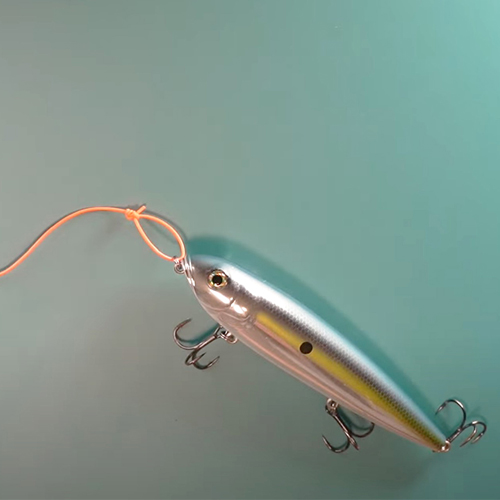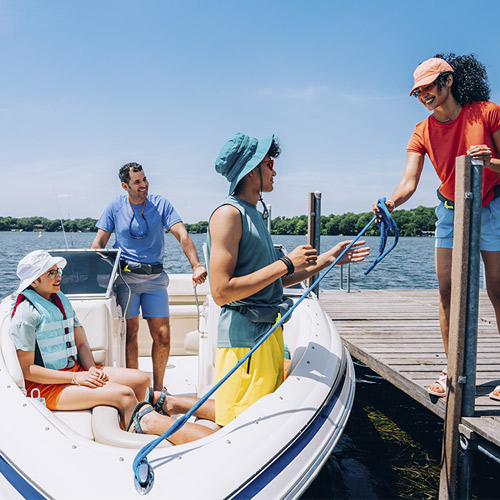How to Catch Carp
For many anglers, learning how to catch carp can be a fun challenge. Carp are strong fighters that can be targeted and hooked from shore.
If you want to learn how to catch carp, it's important to know where you are most likely to find them. Anglers often develop an interest in carp because they are widespread throughout most of North America, and because they can tolerate a variety of water conditions. While the common carp is a very adaptable species, it will be helpful to keep in mind that ideal carp habitat can be identified by areas of slow-moving or standing water in freshwater lakes, ponds, or rivers.
Finding carp isn't difficult, although carp can be very shy or hesitant feeders. If a carp detects even a slight amount of movement through your fishing line, you may lose your opportunity to catch one. One of the most helpful carp fishing tips for shore anglers is to place their fishing rods in special rod holders on the shoreline, called rod pods, so that the fishing lines are kept still while waiting for a bite.
How to Catch Carp in a Lake
Wondering how to catch carp in a lake? First, make sure you have the right tackle. You can try using a medium to medium heavy spinning rod with 10-pound braided fishing line, about two feet of 20-pound fluorocarbon leader line, and a 3-way rig connected to a medium-sized circle hook. On the free leg of the rig, use separate piece of leader material to attach a sinker. The 3-way rig will help keep your bait on the bottom where carp most often feed.
When learning how to fish for carp in a lake, the next thing you will need to know is what type of bait to use. Canned corn or dough balls are two of the best baits to use for carp, but always check your state fishing regulations to make sure that these baits and methods are permitted.
Once you have your tackle and bait, you just need to find the right spots to catch carp. Carp aren't any different from other fish in that they prefer lake areas where there is some type of structure that offers food and protection. Another example of helpful carp fishing tips is to look for sections of the lake that include overhanging tree branches, weed edges, or logs. Then, cast out your line and wait for a bite.
How to Catch Carp in a River
Once you have learned how to catch carp while fishing a lake, you can try river fishing for carp using the same type of tackle, 3-way rig, and baits. The primary difference when learning how to catch carp fish in a river is to take into consideration the fact that rivers generally have stronger currents. Stronger currents mean that carp need to expend more energy to adjust themselves against the flow of the river.
Since river carp expend more energy, they need to feed more frequently and tend to be found in those areas of a river where there are consistent sources of food. Look for river inlets and outlets, or places where the river connects with another body of water. The currents in these types of areas will regularly deposit food sources, and carp will often be found nearby. Learn more about Streams & Rivers different structures.
KEEP LEARNING

How to Tie the Non-Slip Loop Knot
The non-slip loop knot is a popular and reliable choice for securing hooks, lures, and other tackle to your fishing line.
LEARN MORE

Socials
Take me fishing social media links
LEARN MORE

TakeMeFishing x Teen Vogue
Join us on a creative journey as fashion designer Ahmrii Johnson walks us through her collaborative vision and process with Teen Vogue and fashion brand, Rentrayage, to create a special piece.
LEARN MORE


.png?lang=en-US&ext=.png)